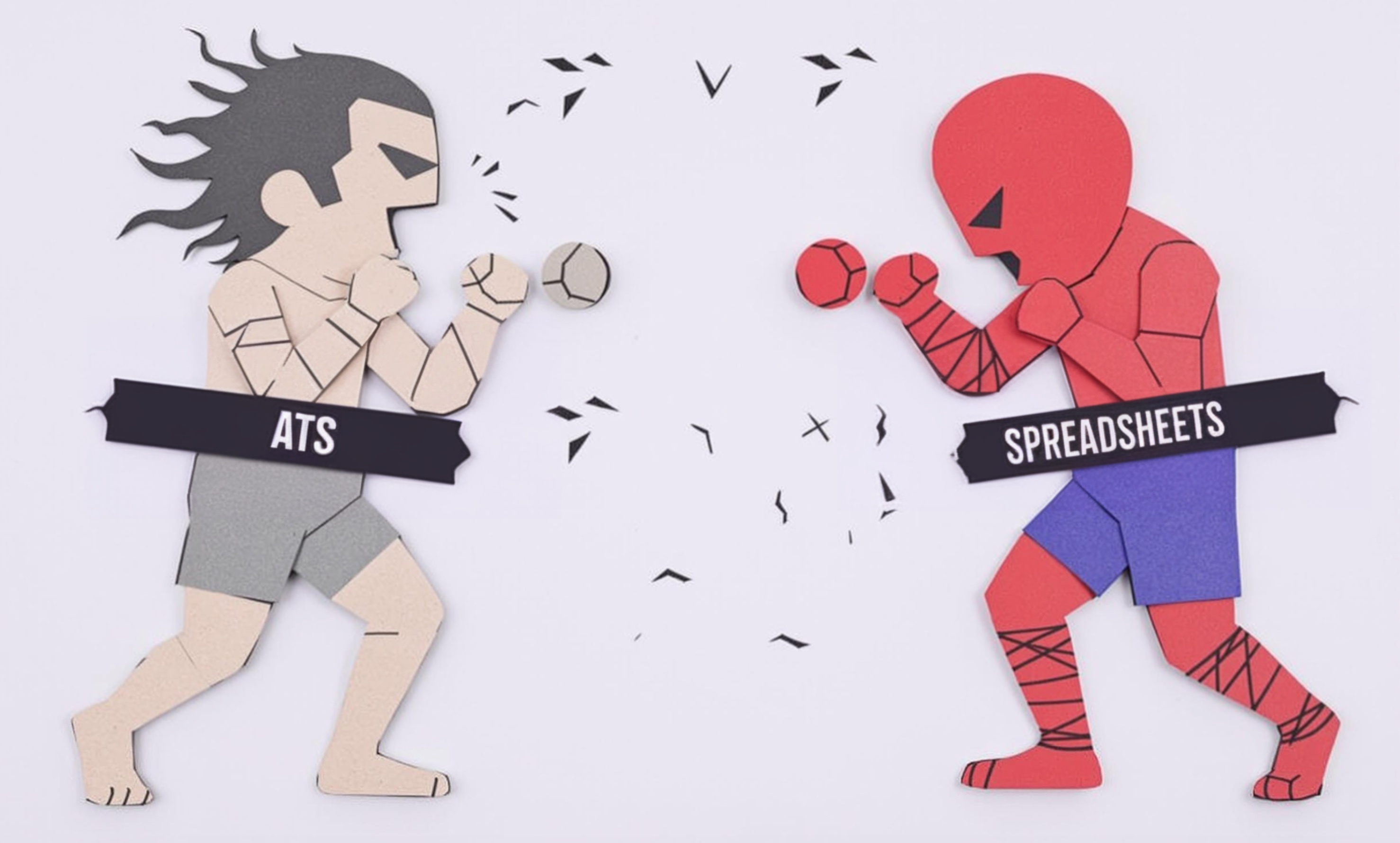
Weight Distribution
Weight Distribution is a fundamental concept in art installation that deals with how heavy objects are balanced and supported in a space. It's crucial for safely displaying artwork, sculptures, and installations without risking damage or safety issues. When someone mentions weight distribution in their resume, they're talking about their ability to plan and execute the safe arrangement of art pieces, considering factors like floor loading capacity, mounting requirements, and structural support needs. This skill is essential for anyone working with large-scale installations, gallery setups, or museum displays.
Examples in Resumes
Managed Weight Distribution calculations for a 2-ton suspended sculpture installation at city museum
Designed custom mounting solutions considering Weight Distribution for wall-mounted art pieces
Supervised proper Weight Distribution and balance for traveling exhibition of 50+ large-scale sculptures
Typical job title: "Art Installation Specialists"
Also try searching for:
Where to Find Art Installation Specialists
Example Interview Questions
Senior Level Questions
Q: How would you approach planning weight distribution for a complex suspended installation across multiple floors?
Expected Answer: A senior candidate should discuss conducting site surveys, working with structural engineers, creating detailed installation plans, considering building codes, and managing a team to execute the installation safely.
Q: Tell me about a challenging installation where weight distribution was a major concern and how you solved it.
Expected Answer: Look for answers that demonstrate project management skills, problem-solving abilities, and experience coordinating with various stakeholders including engineers, artists, and venue management.
Mid Level Questions
Q: What factors do you consider when planning weight distribution for wall-mounted artworks?
Expected Answer: Should mention wall material assessment, stud location, appropriate mounting hardware selection, and understanding weight limits for different mounting systems.
Q: How do you document weight distribution plans for an exhibition?
Expected Answer: Should describe creating detailed floor plans, recording weight calculations, documenting mounting methods, and maintaining installation specifications for future reference.
Junior Level Questions
Q: What basic tools do you use to assess proper weight distribution?
Expected Answer: Should mention levels, stud finders, measuring tools, and basic understanding of weight capacity charts for different mounting hardware.
Q: How do you ensure safety when handling heavy artwork?
Expected Answer: Should discuss proper lifting techniques, using appropriate equipment like dollies and lifts, and importance of team coordination when moving heavy pieces.
Experience Level Indicators
Junior (0-2 years)
- Basic understanding of mounting hardware
- Ability to use installation tools
- Knowledge of safe lifting practices
- Following installation plans
Mid (2-5 years)
- Creating installation plans
- Understanding building materials and load capacity
- Managing small installation projects
- Coordinating with venue staff
Senior (5+ years)
- Complex installation planning
- Team supervision
- Collaboration with engineers
- Project risk assessment
Red Flags to Watch For
- No knowledge of basic safety procedures
- Lack of experience with mounting hardware
- Unable to read technical specifications
- No understanding of material weight limits
Related Terms
Need more hiring wisdom? Check these out...

Workforce Solutions Aggregators: The Next Big Thing You Didn't Know You Needed

Remote Hiring Playbook: Building High-Performing Distributed Teams

Refining Job Descriptions to Expand Applicant Pools: Casting a Wider Talent Net

